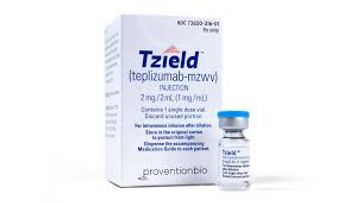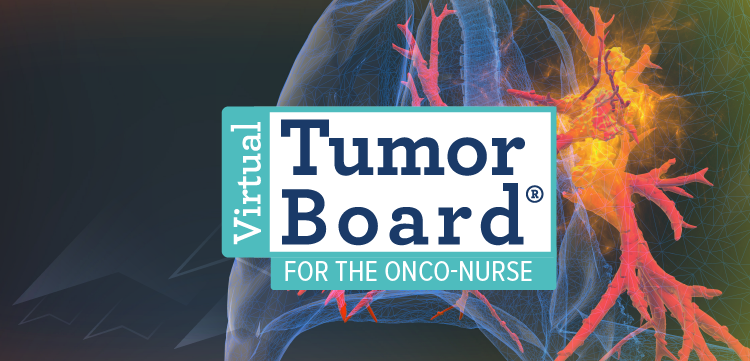
Continuous Glucose Monitors Predict Type 1 Diabetes Complications
In a new study, researchers found that time-in-range for healthy blood sugar could be a viable marker of glycemic control and potentially could be used to predict complications of type 1 diabetes.
Data from continuous glucose monitors can predict nerve, eye and kidney damage caused by type 1 diabetes, according to
Researchers wanted to determine whether time-in-range (TIR) could be a viable marker of glycemic control. Time in range that has not been established as a surrogate marker for a clinical outcome, and researchers pointed out that the FDA has not accepted continuous glucose monitoring metrics as endpoints for efficacy in clinical trials for new drugs or devices.
A previous study, the 10-year, 1,440-person Diabetes Control and Complications Trial (DCCT), which was published in 1993, established hemoglobin A1c as the gold standard for evaluating the risk for complications from type 1 diabetes.
In the University of Virginia study,
“A study of the magnitude of the DCCT done with continuous glucose monitoring in addition to hemoglobin A1c would be prohibitively time-consuming and expensive,” lead researchers Boris Kovatchev, Ph.D., director of the UVA Center for Diabetes Technology said in a news release. “Virtualizing a clinical trial to fill in the gaps in old, sparse data using advanced data science methods is the next best thing we can do today.”
Past studies have demonstrated an association between time in range that has been measured with continuous glucose monitoring and diabetic complications.
To determine if time-in-range could be a marker of glycemic control and diabetes complications, Kovatchev and his colleagues used advanced machine learning techniques to process the data sets from the previous Diabetes Control and Complications Trial. They were able to create virtual continuous glucose monitor traces for all participants and for the duration of their participation in the trial.
They found that the amount of time patients were in a safe blood-sugar range of between 70 and 180 mg/DL over a 14-day period was as good a predictor of neuropathy, retinopathy and nephropathy as is hemoglobin A1c levels.
“Looking at the near future, new technologies, such as machine learning, generative artificial intelligence, and in silico modeling, are gaining acceptance in the diabetes research community, will likely lead to a variety of applications, such as the enhancement of the data of a classical clinical trial proposed here,” the researchers wrote in the paper. “All these could in turn reduce the current burden of classical clinical trials for participants and clinical teams.”
Newsletter
Get the latest industry news, event updates, and more from Managed healthcare Executive.

















































